Human Interest Story
In the “visibleInvisible” series, a pediatrician-photographer takes luminous portraits of people considered to be outside beauty’s dominant ideal.

Interview by Rosecrans Baldwin
The Morning News: What is the most difficult part of making a good portrait?
Dorothee Deiss: There are several difficulties. First there must be a mutual interest between the photographer and the model. A portrait rises from the inner and outer dialogue between the two—it’s so much about empathizing with each other, being candid, but also being self-aware. You cannot force it. I always feel very lucky when it happens; it’s a big present which I get from somebody who does not owe me anything. Continue reading ↓
All images used with permission, copyright © the artist, all rights reserved.
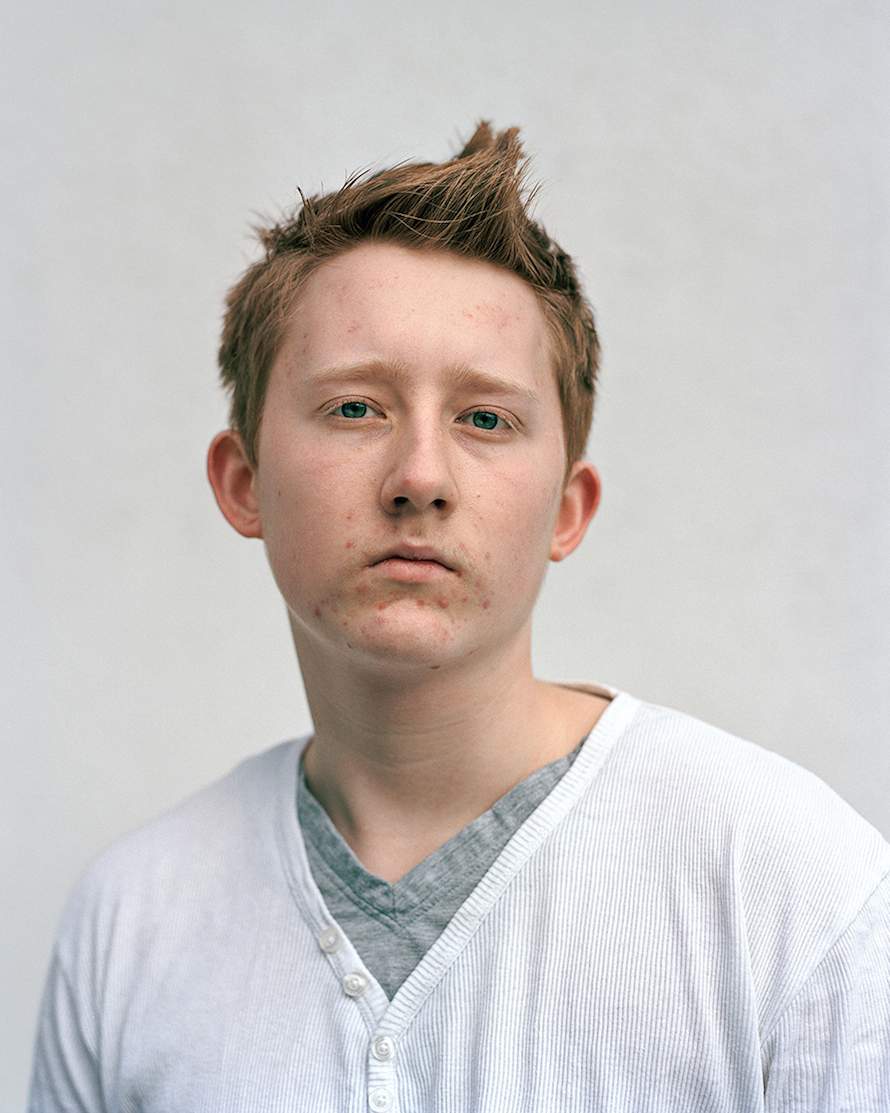
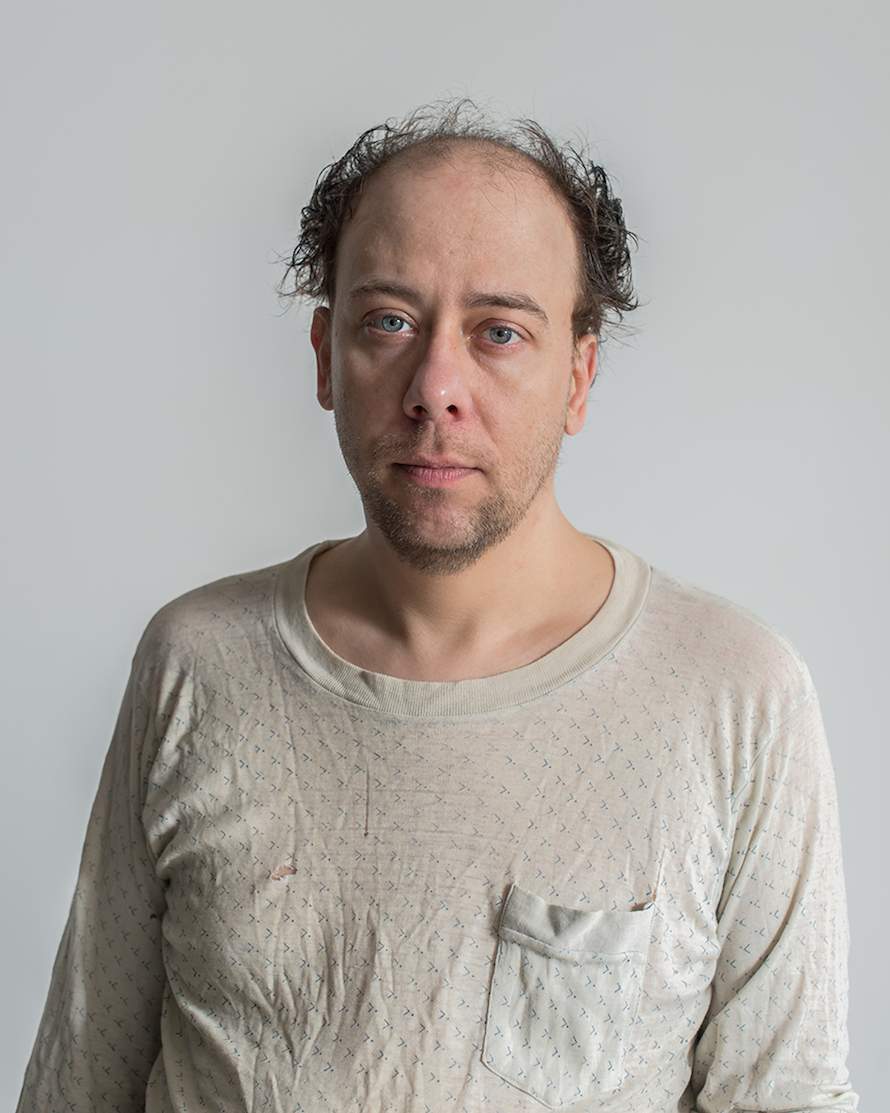
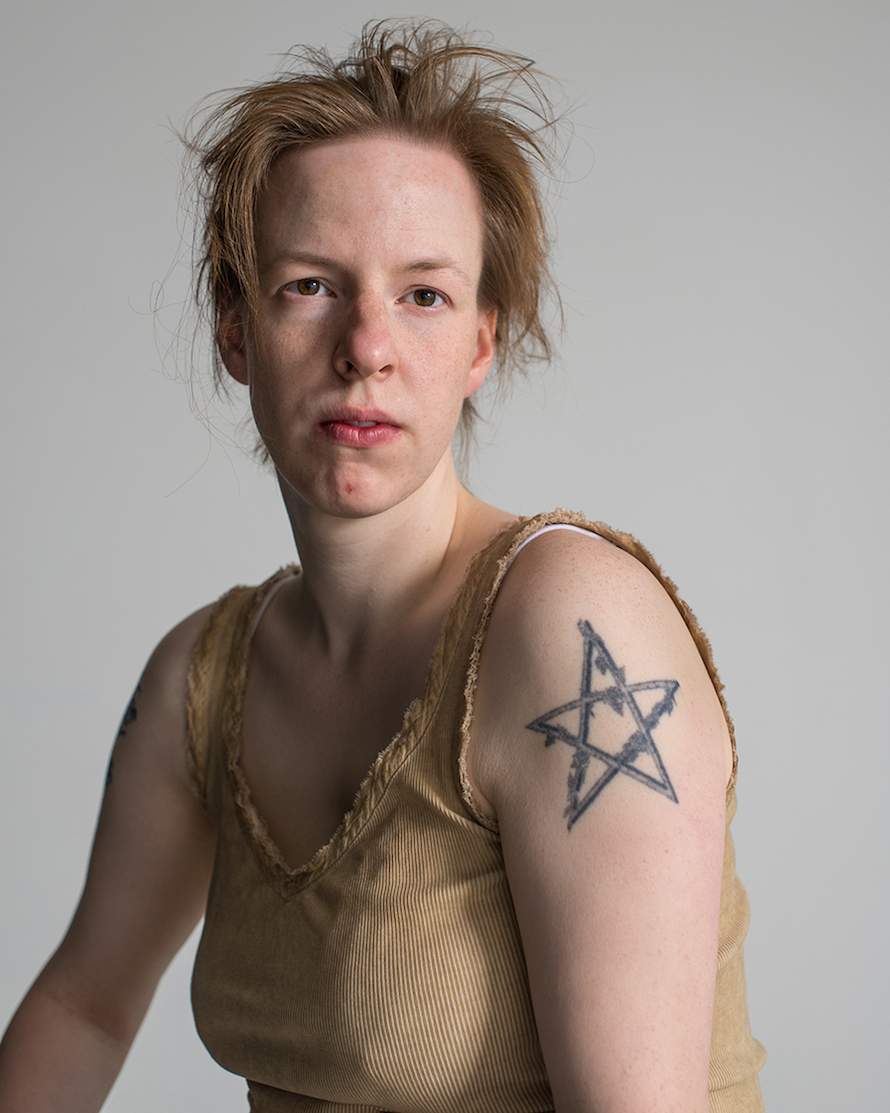
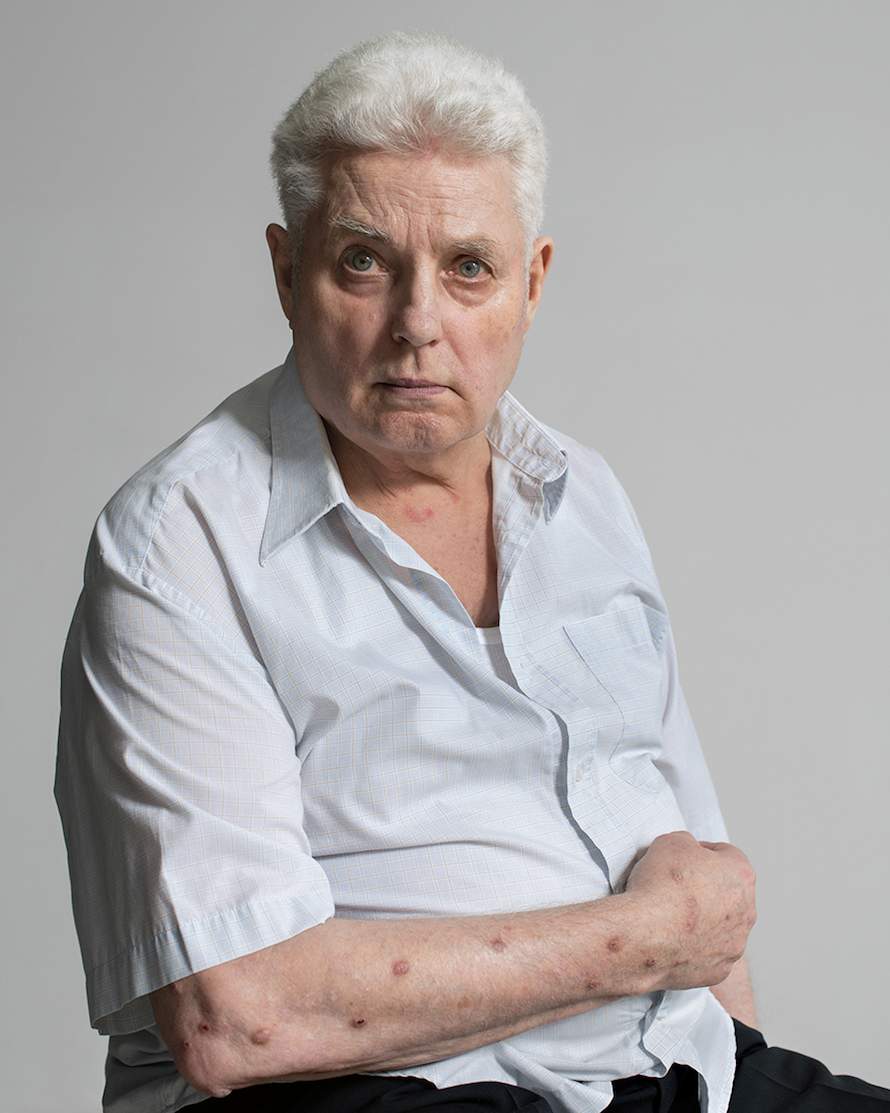

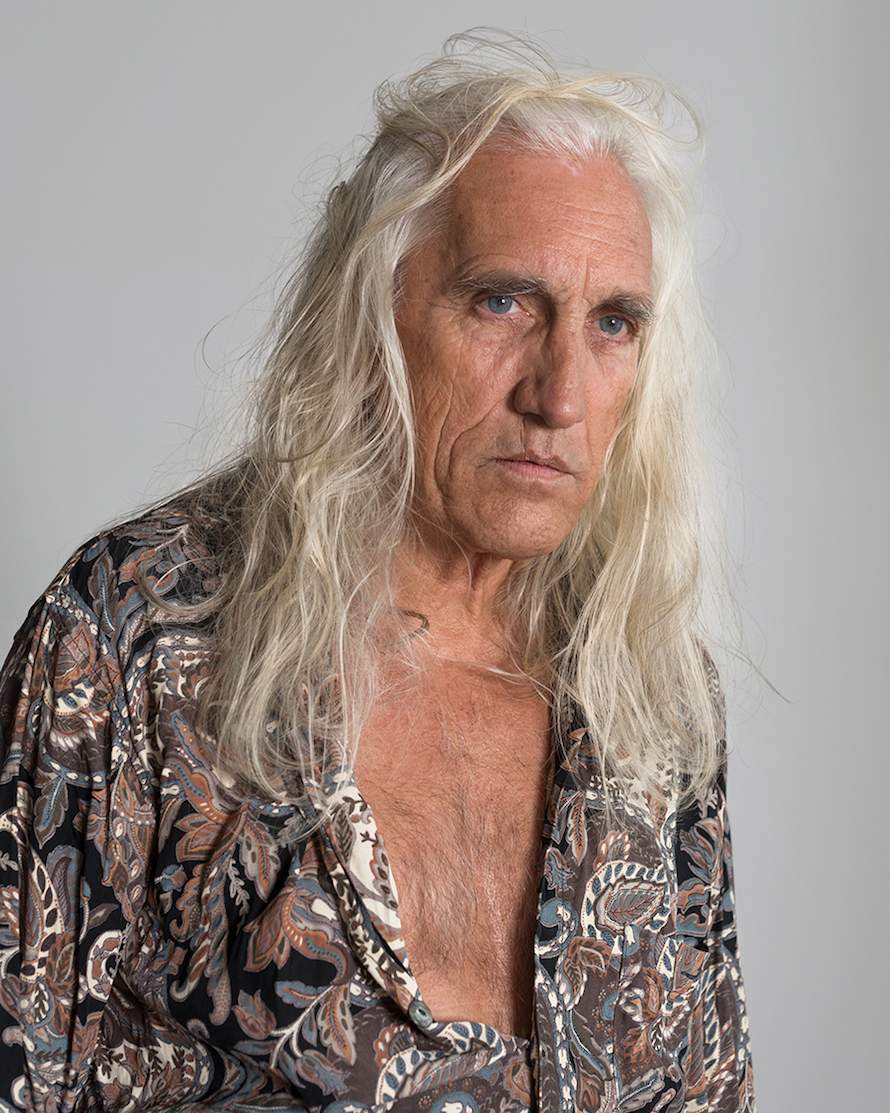
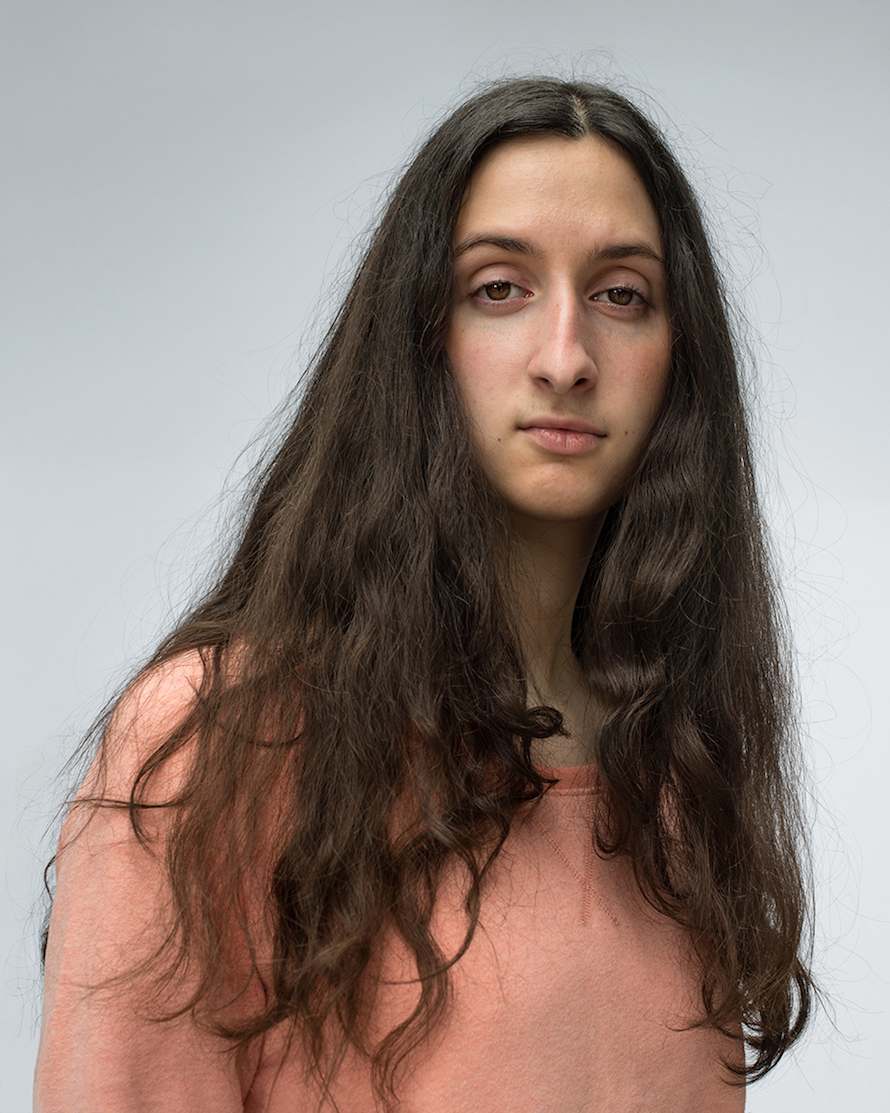
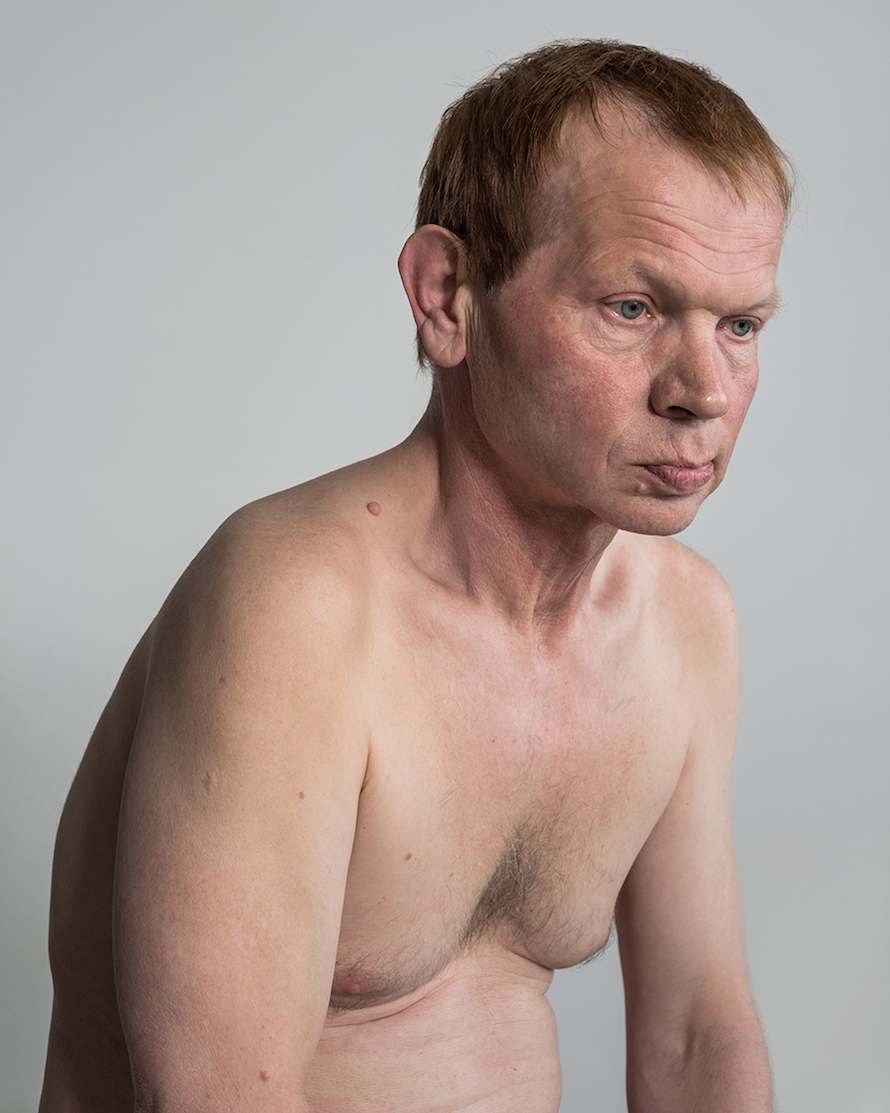
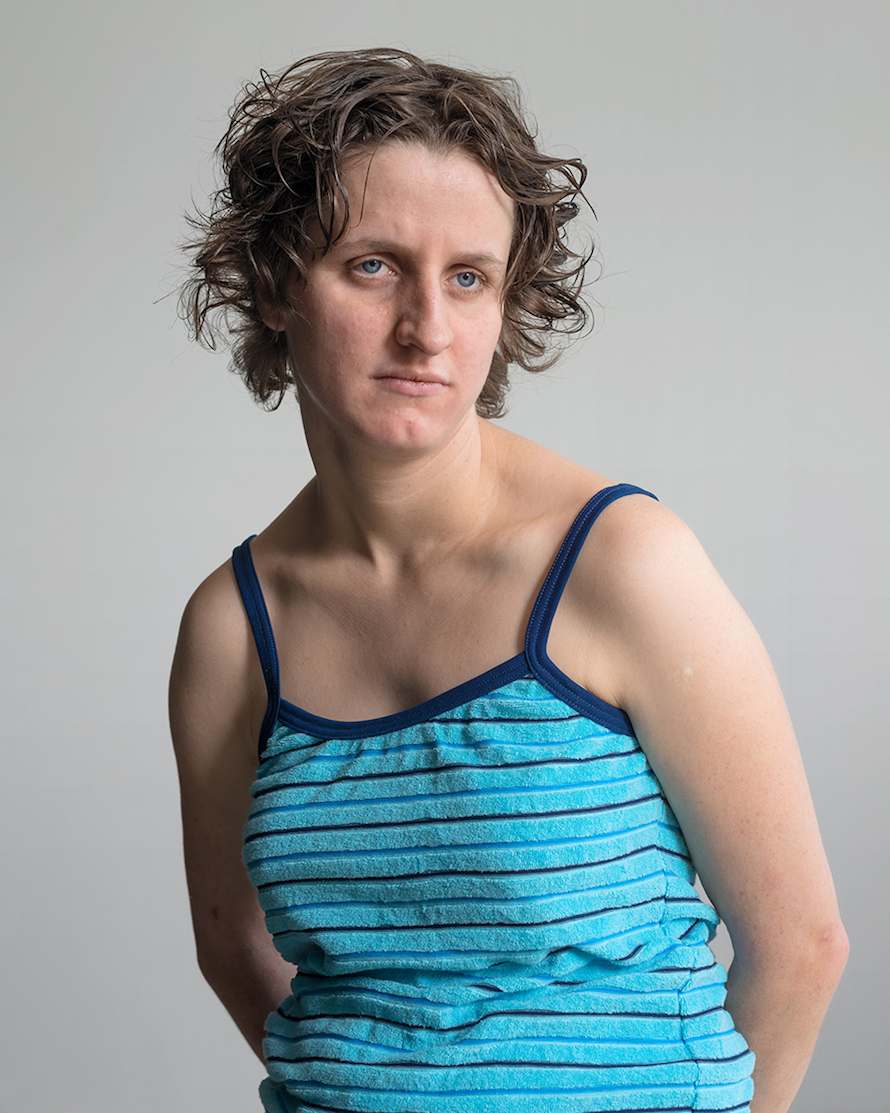
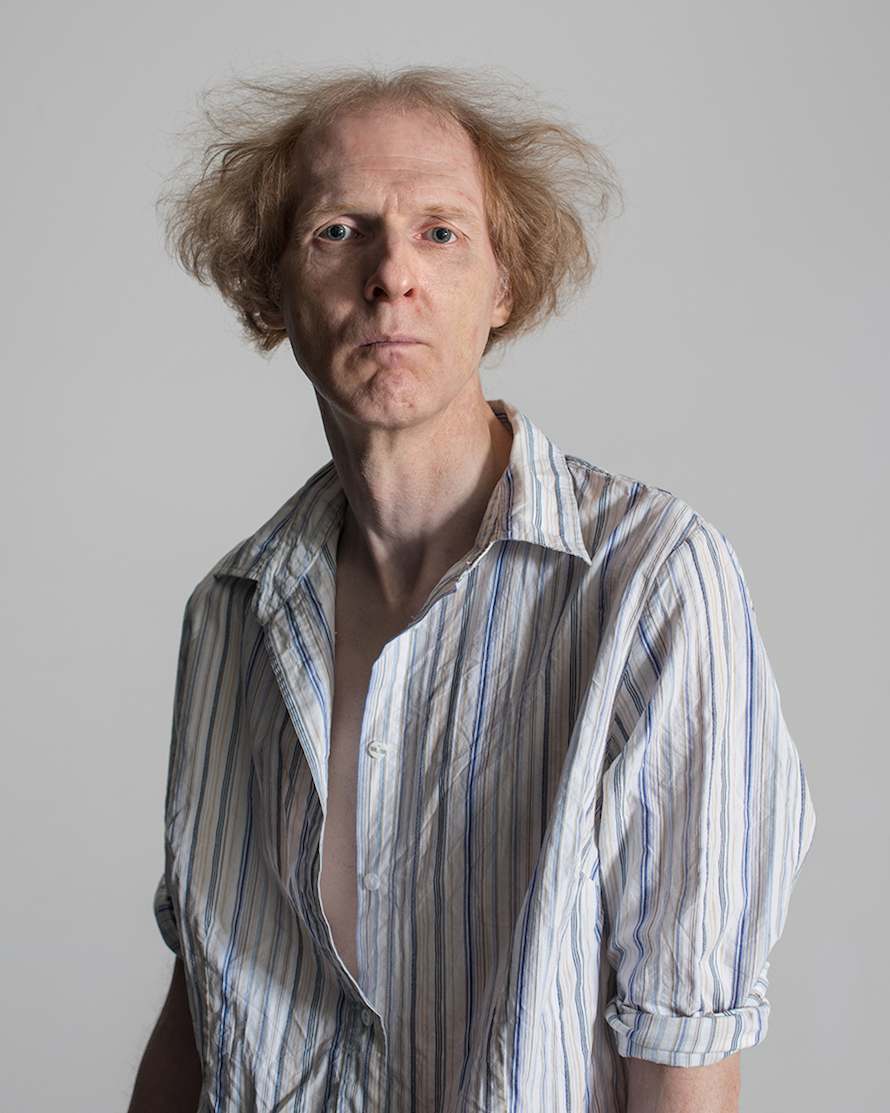
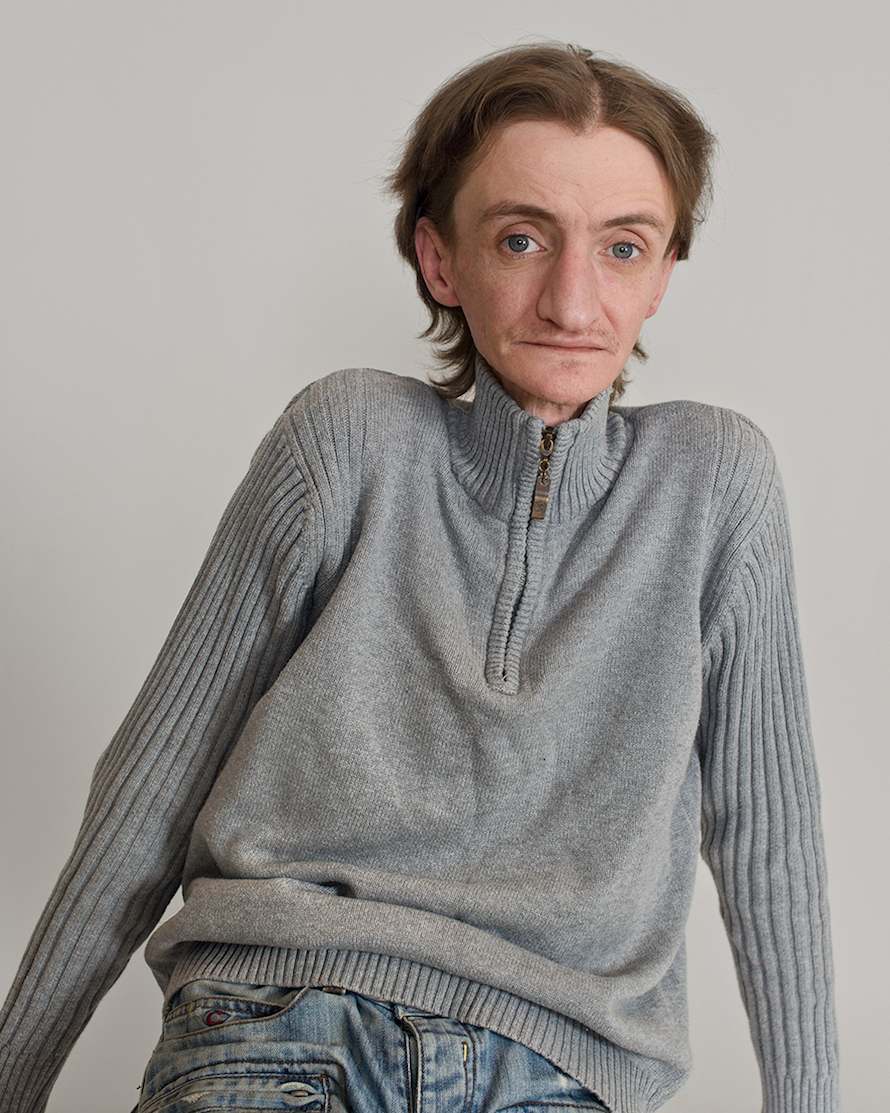
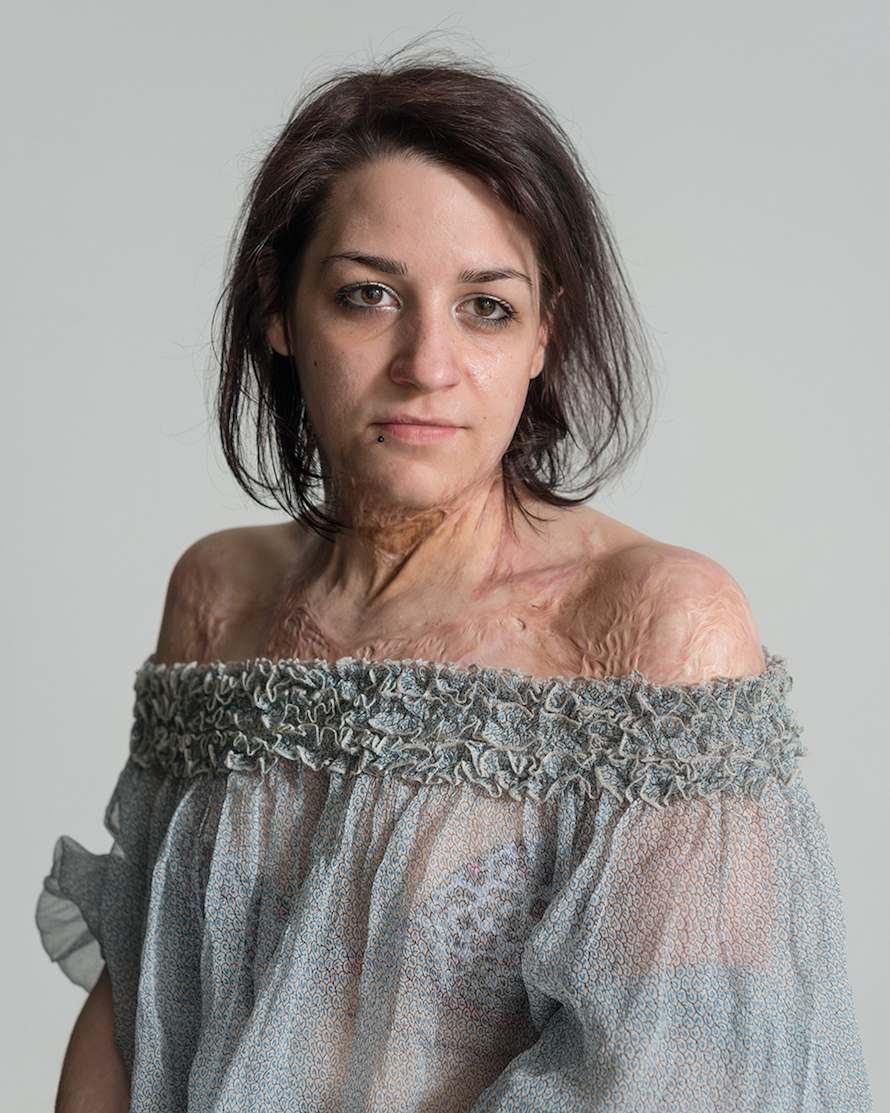
Interview continued
The next difficult step is to transform these complex and convoluted emotions and thoughts—the idea of somebody—into a touching picture. In my mind a good portrait should be honest and intense, should evoke empathy and respect. The experience of a portrait should be both familiar and exotic, so that in seeing it one would be introduced to a perspective that one had not considered before.
To make a portrait is like trying to fold the universe into a two-dimensional layer, expecting that it opens again into an endless multidimensional space.
TMN: Who are the people of “visibleInvisible?”
DD: These are people around me, mostly from Berlin. But their origin doesn’t matter. Some of them are my patients, some I met in the street, some are acquaintances, relatives. What they all have in common is that they make the best out of a difficult life and have to transform an affliction into inner strength. These people do not fit the dominant ideal of beauty. For me, they are ambassadors of human dignity. I want to honor the marvelous uniqueness of those who are usually not the center of the world.
As a doctor I strongly believe in the importance of facial language. Faces are vivid maps of human experience, which I have to read to understand somebody else, to some extent. I started the series because I wanted to figure out if I could transform this experience of interpersonal interpretation and interaction into portraiture.
TMN: How much of the artist can be found in her portrait of someone else?
DD: I was frequently asked why I chose these kinds of people. I have also been criticized that I expose somebody as a freak. One main reason I search for an intimacy with these people is my affinity to them. The feelings of awkwardness and insecurity transmitted by the model as well as by me, the photographer, have become a central part of the work process.
The relationship in the portrait situation implicates self-understanding in a twofold aspect. For me, I can learn from the people I am allowed to photograph—how they manage their lives with all the puzzles—to find gratitude and confidence in my own incompleteness. On the other hand, I learned that the models enjoyed the shoot by experiencing themselves from a different perspective. The portrayed subjects may begin to see themselves with a portraitist’s eye or perspective. This expanded vision allows the subject to continue to learn from the mirror that is being held to experience, from the telling of one’s story through another’s voice.
Of course, in each portrait there’s a lot about me. The portrait I made of my father disturbed and frightened me not only by being confronted with his physical and mental fading, but also by mirroring my own fears of aging and mortality.
TMN: What’s your favorite time of day?
DD: I love the light during sunrise and sunset. It makes me really happy. The warm colors, the transient time of day—it holds such an ominous tension. I become very flustered and restless when I cannot go out and photograph during such a paradisical light.
TMN: Are you comfortable in airports?
DD: Yes and no. What I like is that there are so many people simply waiting without noticing anything around them. It’s great to unhurriedly watch them, to think about who they are, where they come from, what’s their life about. Many of them look somehow lost in an unreal space between here and there, unmasked, more honest. If the lighting in airports was not so horrible, they would be amazing places to do portraits.
What I don’t like in airports is the claustrophobic atmosphere—if I have to wait for a long time and can’t get out in the fresh air.
TMN: Does a camera connect you to your subjects?
DD: Yes, of course. When I was younger, I was a very shy person, often I am still. The camera allows me to start a verbal and non-verbal communication with somebody I don’t know. In a portrait, to focus mainly on the face creates a space of intimacy between myself and my subject. The situation is surreal, because the intimacy exposes my weakness as well. The camera is the catalyst between us. The photographic process is an emotional exchange between the subject and me, documented by the camera. But the camera is needed to make this kind of intimacy happen.
TMN: What are your favorite cameras at the moment?
DD: The Mamiya 7 is my third arm, it belongs to my body. However, for “visibleInvisible” I used a Nikon 800 D, because I could get closer and it’s also much easier when using flash.
TMN: When’s the last time you saw a piece of artwork and were confused?
DD: When I noticed Bruno Walpoth’s wooden sculptures for the first time I was thunderstruck. They embody a stunning balance between concentrated inner peace and soft tension. The figures are never importunate. They carefully suggest, they don’t demand. They’re modest, they radiate silence and strength, beauty and dignity. Although the rough carved faces are anonymous, their intimacy persuades the space around them.
